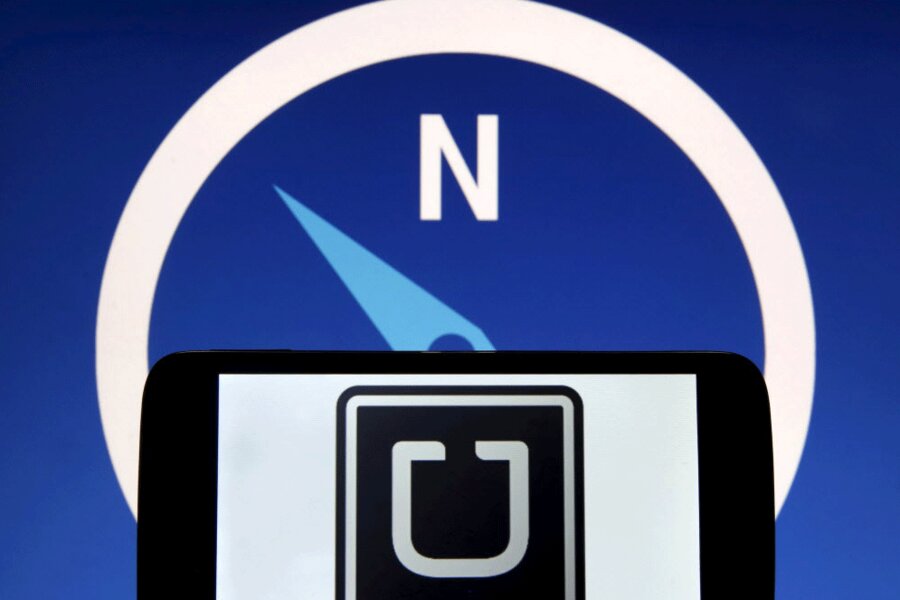Uber makes $3 billion bid for Nokia's mapping service
Loading...
According to three anonymous sources with the New York Times, Uber is supposedly offering up to $3 billion for Nokia’s mapping service, HERE. This follows reports by the Wall Street Journal that three German automakers, BMW, Audi, and Daimler’s Mercedes-Benz, have banded together to make a bid for the service with the Chinese search engine Baidu.
HERE is Nokia’s take on step-by-step directions. While some consumers may be unfamiliar with it, one source with WSJ described it as “the most advanced digital mapping service in the world.”
Second only to Google’s service, Nokia has invested “hundreds of millions of dollars” into mapping software to keep it as up-to-date as possible from year to year. Creating a reliable mapping service is time-intensive and expensive, and Nokia has generated a valuable archive of resources for data companies and self-driving cars. It also doesn’t hurt that the company holds 80 percent of the global market for built-in navigation systems.
Uber currently relies on a combination of its own mapping data and Google Maps, the latter of which it depends on more heavily. Acquiring HERE would not only give Uber the opportunity to free itself from Google’s mapping licenses, but also assist in its expanding cab sharing service uberPOOL.
Analysts told NYT the buyout would give Uber “access to a fully established digital mapping business.” Additionally adding that since its cab sharing service works using geospatial-mapping data to pair riders with drivers, obtaining HERE would be like hitting the jackpot.
“It’s extraordinarily difficult to get this type of mapping data,” Jamie Moss, an analyst at the technology research company Ovum in London, told NYT. “Other than Google, HERE is one of the few companies that can offer this data right now.”
Uber has also made it known that it partnered with Carnegie Mellon University to create the Uber Advanced Technologies Center in Pittsburgh, which will focus on “research and development, primarily in the areas of mapping and vehicle safety and autonomy technology.” While Uber experiments with autonomous sensors, it will need a team completely devoted to updating its mapping services for a driverless car to be fully functional and safe. HERE would take over this heavy lifting.
But Uber will be facing the deep pockets of the automobile industry. Fear of Silicon Valley, particularly Google, Apple, and Facebook, possibly looking to make a grab at HERE, caused the German auto manufactures, who are major clients of the digital maps, to band together. Uber stepping in with such a hefty offer likely sent a shiver down auto executives’ spines.
NYT went on to report that a source close with the dealings said the carmakers were threatening to discontinue using HERE if the service was sold to a corporation such as Facebook or Uber. Though, the companies have allegedly changed their tone, “fearing such threats could lead to suspicion they are building a cartel.”
While Microsoft and Facebook have both expressed some soft interesting in acquiring HERE, as NYT notes, no one in Silicon Valley has yet to make a public bid to Nokia. (Though, there is an unnamed private equity firm reportedly eying the service.)
Even if Google has not tossed its hat into the ring yet, its experimentation with driverless vehicles and its dominant position in the mapping industry appears to have inspired the German auto world to react with a better-safe-than-sorry approach.
But in the end, no entity may end up gobbling up the prized Nokia asset.
While Nokia is expected to announce the future of HERE by the end of May, according to Nokia chairman Risto Siilasmaa, the company may not even sell its mapping service.
“I’d like to stress that the review will not necessarily lead to selling of HERE,” Mr. Siilasmaa said at the company’s annual shareholder’s meeting earlier this week, explaining there was no predetermined outcome. “We strongly believe in the possibilities to develop HERE also as part of Nokia.”
Talk about the ultimate tease as corporations begin placing their bets on the future of autonomous vehicles and the mapping industry.







